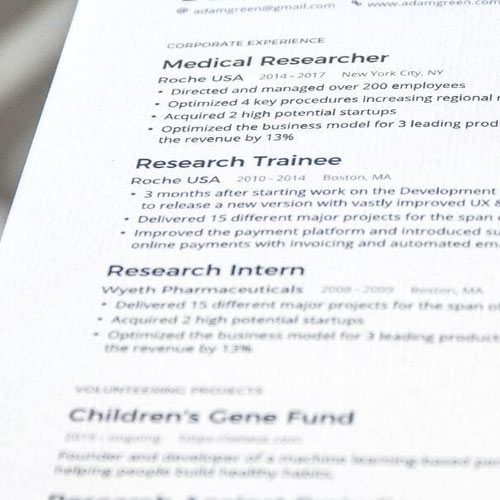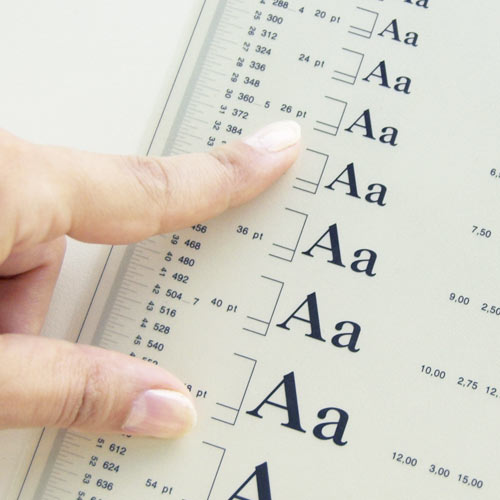If you’re applying for PE teacher roles in Australia, you’ll need a resume that showcases your specialist skills and experience. Physical education is a core subject of the Australian curriculum, and PE teachers are responsible for coaching sports and physical activity in schools, as well as teaching students about health, nutrition and the science of exercise. In this article, we discuss the elements to include in your resume for PE teacher applications, with useful tips and examples of best practice.

The Essential Components of a PE Teacher Resume
The key sections of a PE teacher resume will be more or less the same as for any other job application, but the document requires some specialist information and content. Take a look at the sections below for guidance on what to include in your resume for PE teacher job applications:
Resume header
In your resume header, add your name, your phone number, your email address and your location. It’s not typically necessary to include your full address, and it’s best not to include any personal demographic information or a photo. If you have a LinkedIn profile, you can include a link to it here.
Career profile
The next section of your resume tends to be a career profile. This provides an introduction to your resume and allows you to highlight a few skills, experiences and achievements that set you apart from other candidates. Write two or three sentences that showcase your best qualities and explain your career objectives.
Work experience
For an experienced PE teacher, the work history section tends to be the most important element of the resume. Present your previous jobs in reverse-chronological order, starting with your current and most recent role, and working backwards. Add your job title, the name of your employer, its location and the dates you worked there.
For each entry in this section, add bullet points explaining your responsibilities and achievements. This could be grades your students achieved, competitions your school sports teams won, the outcome of assessments and inspections or individual accolades and awards you won while in post. You can also mention any teaching or coaching specialisms. Use strong verbs to describe the impact you made, and make sure each entry reflects the requirements laid out in the job description.
Education
In the education section, add your teaching qualifications and any other relevant qualifications you’ve achieved. For each entry, list the name and level of the award, the institution you studied at, its location and your dates of study or graduation. You could also add some bullet points underneath each entry, outlining your areas of study, your grades, any awards you won or societies and clubs you were a member of while studying.
Certifications
The certifications section is your opportunity to mention any supplementary training or certificates you’ve achieved in addition to your main teaching qualifications. These could be coaching certificates, first aid, CPR training or other certifications that have helped you develop your teaching skills.
Voluntary work
Any relevant voluntary work you’ve undertaken could be useful for your application. This might include coaching a local sports team or volunteering for community organisations working with children and young people. If it helps you prove you’re capable of doing the job advertised, you can include it here.
References
Check the job advert to see if the employer requires you to include references in your resume. If so, add up to three referees, including their name, job title, organisation, address and contact details. Make sure you ask each referee before including them in your application. If the job advert doesn’t request that you add references to your resume, you can simply write ‘references are available upon request’ in this section.
Skills
Refer to the job description for a list of essential and desirable skills for the role, and make sure your skills section reflects this. You might choose to add hard and soft skills in two separate lists or combine them into one longer skills list. For PE teacher roles, the following skills tend to be in-demand:
- Lesson planning
- Curriculum development
- Presentation skills
- Academic assessments
- Health and nutrition education
- First aid
- Sports coaching (mention different specialist sports)
- Physical fitness
- Organisation
- Creativity
- Empathy
- Communication skills
- Interpersonal skills
- Teamwork
- Patience
- Conflict resolution

How to Format a PE Teacher Resume
The structure, formatting and presentation of your resume can all make a big difference to your chances of success in PE teacher applications. Follow these tips to make sure your application stands out from the crowd:
Choosing the right resume format
The resume format you choose for your PE teacher applications will depend heavily on your experience levels. If you’re an experienced teacher with several years and different PE teaching roles under your belt, you’ll probably want to use a traditional, reverse-chronological resume format. This type of resume format showcases your work experience above everything else. In this format, add your header and profile at the top of your document, followed by your work experience, which you’ll present in reverse-chronological order, starting with your current or more recent role.
However, if you’re a newly qualified PE teacher, you might wish to focus more on your skills and qualifications. In this instance, a functional, or skills-based, resume format is probably more suitable. Using this format means adding your education and skills sections directly under your header and profile, and before your work experience section.
Formatting tips for your resume
The formatting of your application is crucial to showcasing your credentials in the best possible light. Here are some pointers for ensuring your PE teacher resume is clear, professional and easy-to-read:

Use bullet points
Bullet points can help you to summarise your experience and skills in a concise and efficient manner, keeping them brief and to-the-point. They’re also a useful format for including powerful action words and keywords from the job description. Try to use at least one powerful action word or keyword in each bullet point.

Choose a readable font
Opt for a clear, professional font in a readable size (typically size 10 to 12, depending on the font). Modern sans serif fonts such as Arial, Helvetica and Calibri are popular, as are the more traditional serif fonts of Times New Roman, Garamond, Cambria and Georgia.

Don’t crowd the page
You might feel you have plenty to say about your teaching credentials, but don’t try to cram too much onto each page of your resume. Use white space, columns and borders to give each page space to breathe. This will make your resume easier to read.

Use clear headings
Create clear headings in a different font than your body text, or using larger, bold text or contrasting colours. This helps make your resume more readable and creates a clear structure that will be useful for ATS scanning.
Tailoring your PE Teacher Resume
Whatever PE teacher role you’re applying for, it’s essential to tailor your resume. Adapting your resume to fit the requirements of the role gives you the best possible chance of success. Pay attention to the job description and the specific skills and experience the employer is looking for, and emphasise this on your resume. Variations from vacancy to vacancy could include the age group you’ll be working with, the type of school, an area of specialism or experience coaching particular sports.
You can demonstrate your suitability for the role by tailoring the content of your resume to fit the job description as closely as possible. Think about which skills are most important to mention, and how you can tailor your work experience section to show you can do what the job description describes.
Best Practice for a Successful PE Teacher Resume
Follow these quick tips to ensure best practice for your PE teacher resume and maximise your chances of success with your applications:
Keep your resume up-to-date: update your resume regularly to reflect new skills you’ve learned, new training you’ve undertaken and valuable new experience you’ve gained. This helps keep your resume fresh and relevant.
Use simple, professional language: avoid jargon wherever possible and use simple, easy-to-read language. A document that’s easy to read is likely to have a more positive impact than one that’s bogged down in over-complicated language.
Proofread your resume: review your resume carefully to ensure it’s free from spelling and grammar errors. These can really undermine your chances of success.
Write a strong cover letter: support your application by writing a strong cover letter. This gives you the chance to expand on your best qualities and your relevant experience, as well as space to explain why you want the role and why you believe you’re a good fit.
Use a professional resume template: subtle, professional design elements can really make a difference to your resume. Use an online CV maker to find a resume template that suits your style and improves your chances of success by helping you stand out from the crowd.